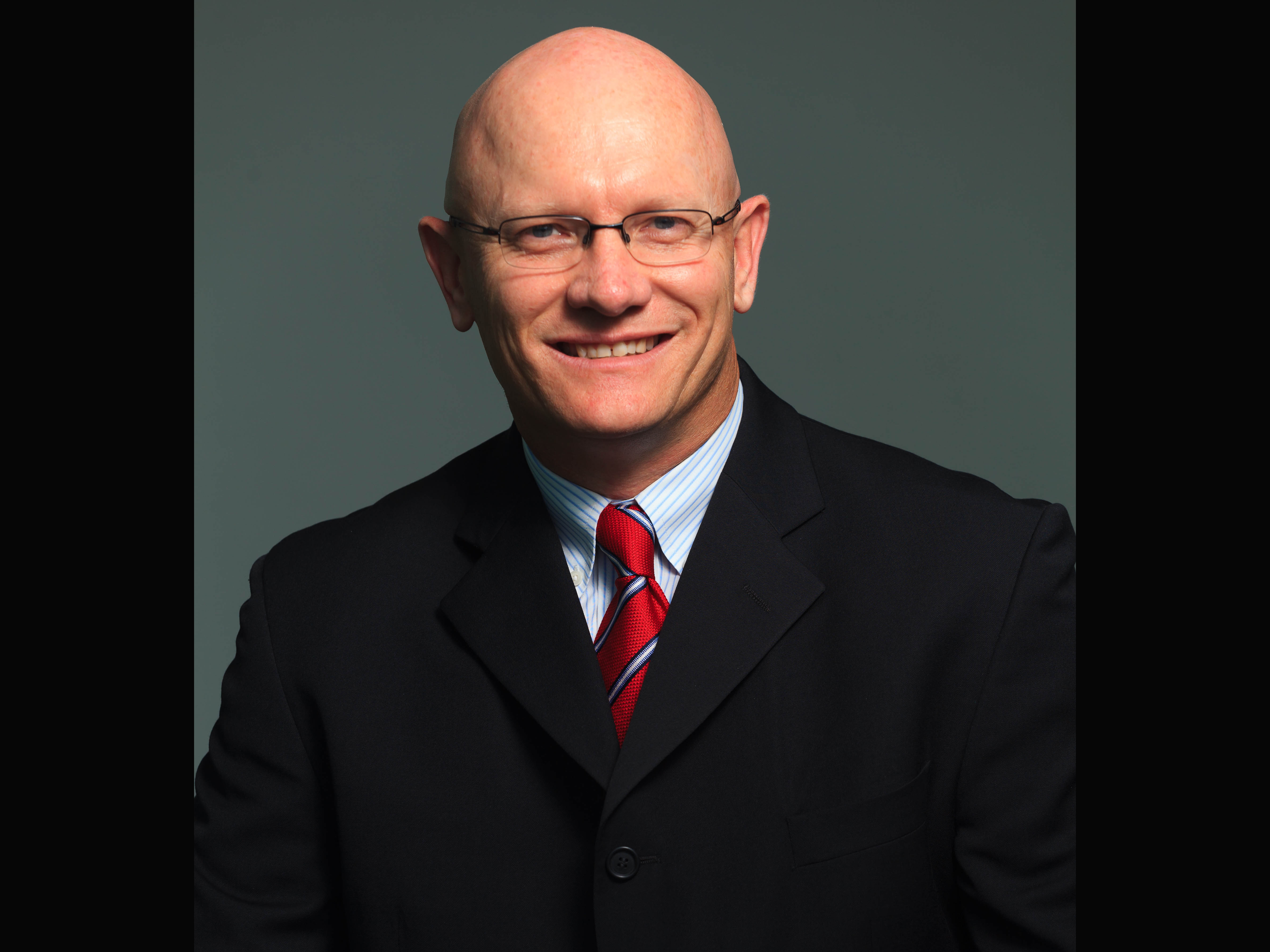A company can declare to pursue diversity, but it’s quite another thing to get that right. Addressing diversity is pretty easy. The hard part is inclusion, said Dave Brooke, the vice president of client solutions at Dell Technologies.
“You can address diversity on a spreadsheet. You just need enough of a certain group and it looks like the organisation is diverse. But getting inclusion right is the real challenge. The culture of the company must embrace and celebrate inclusion. Important to understand and continuously address the many ways we create barriers to D&I [Diversity and Inclusion].”
Inclusion as a purpose
Speaking recently at the Women in Tech Africa conference, Brooke gave a presentation on the topic of D&I. He began with what many know - that without the support of its leaders, a business’ D&I ventures will fail:
“D&I can’t be done in isolation from the rest of the organisation. It must be supported by tone from the top and can’t just be ground-up. The CEO and board must be committed to this.”
Dell Technologies has made D&I a core pillar of its business strategy and operations, driven directly by its founder and CEO Michael Dell. Michael spares no effort getting his leaders to follow his example, chairing the Global Diversity Council himself and speaking regularly to leaders and team members about diversity and the positive social impact the company drives. However, people are used to doing things a certain way and are often blind to how those habits disadvantage others.
To make the change stick, Dell Technologies is rolling out MARC (Many Advocating Real Change). MARC is an initiative from Catalyst, a non-profit organization, originally designed to engage men in creating a more inclusive work environment. It aims to promote a more collaborative and inclusive leadership style and is a key component of Dell’s inclusion strategy. The program aims to make Dell Technologies a great place to work which will, it believes, drive greater outcomes for its business and customers.
Making an impact with MARC
“MARC is not about making men feel guilty,” Brooke told a packed room of delegates. “It’s about how we connect emotionally to something that makes rational sense?” MARC’s role is helping to change how diversity is viewed.
The benefits are there, a recent McKinsey study revealed that higher levels of diversity among managers lead to above-average profits.
Brooke summarised MARC into four areas of conversation and study: Diversity, Privilege, Bias and Inclusion:
Diversity is defined as a presence of differences in a group. It challenges the boxes we tend to place ourselves in - a business person hardly seems to fit alongside a biker. Yet what if both could relate to being single parents or believing in UFOs? Diversity is about a lot more than the roles assigned to us.
Bias determines our reactions to others. It can be conscious but also unconscious, sparked by our flight/fight responses. Too often biases get in the way of the good of the organisation. How often are people hired because they look right for a role, but actually aren’t, yet a qualified candidate can be judged and disregarded within minutes of the interview? Biases include micro-aggressions and gender conditioning, such as assuming women are only capable of certain roles.
Privilege is the invisible and often unacknowledged virtue of who a person is. This isn’t just about people as they appear. A type of privilege is sitting in a meeting while some people have to attend via a conference call. Isn’t it interesting how often people at the meeting look down on the caller? That’s a type of privilege in action. It’s important to recognise privilege and then use it with respect, we must never abuse our privilege.
Inclusion is the secret ingredient. As mentioned earlier, diversity is relatively easy to tackle by hiring correctly but inclusion is the trickier but vital element. As Brooke explained, diversity is being invited to the party, but inclusion is being asked to dance. A focus on inclusion ensures D&I programs do not become a mere box-ticking exercise.
Helping keep the best talent
“You can hire the best people, but if you never reach out to learn about the abilities of others, you won’t get far,” Brooke concluded. He lamented how sad it is that we often only get to understand people at an exit interview. To fix this we must understand the value of team members at an individual level and how our own actions can encourage or discourage them.
Brooke added: To be successful you must never give up, but to be significant you must always give back. It’s about creating your legacy. Everyone has a role in creating amazing work environments for all.
“Diversity we can fix with a spotlight, but inclusion is the key. That’s how we get great people. Team members don’t leave for a few percentage points of salary difference. They leave because they don’t feel included. This is the where MARC plays a key role – we work to create a company culture where team members do their very best work to the benefit of our customers” – a formula Dell Technologies commits to driving in South Africa and across the continent.





